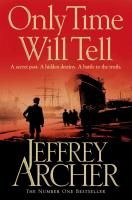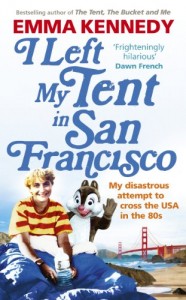 Når jeg hadde lest ferdig boka i kveld lukket jeg den og sukket tungt. Mannen lurte på hva som var galt. «Boka er slutt,» sa jeg.
Når jeg hadde lest ferdig boka i kveld lukket jeg den og sukket tungt. Mannen lurte på hva som var galt. «Boka er slutt,» sa jeg.
Jeg ble anbefalt denne boka av mjoff på Bokelskere.no (vel, rett skal være rett, Ingalill anbefalte også Helle Helle), og tenkte at den var jo verdt et forsøk siden jeg uansett måtte finne meg noen danske forfattere dersom jeg skulle komme meg gjennom den nordiske utfordringen. Likevel var jeg forberedt på å bli skuffet, mine erfaringer med norsk samtidslitteratur er nedslående, så hvorfor skulle danskene være noe bedre? Vel, ikke vet jeg med danskene, men Helle Helle? Hun er storveis. I alle fall å dømme ut fra Ned til hundene.
Sitatet fra tidligere er altså åpningslinjene i boka. Boka er fortalt i førsteperson, og jeg’et har altså nettopp steget av en buss et sted ved kysten på leting etter et sted å gråte – man må formode i Danmark, men det blir aldri nærmere bestemt. Stedet er nokså øde, og det går slett ikke buss særlig ofte, selv i normalt vær, og nå er det i ferd med å blåse opp til orkan. Jeg’et blir hentet inn av et par som bor i nærheten – Putte og John – og får sove på deres sofa. Og der blir hun, og blir viklet inn både i det dagligdagse og det mer katastrofale. Men det er først og fremst det dagligdagse som preger romanen. Her er kaffedrikking, fyring i vedovnen og lufting av hunder.
Stillferdig og likevel intens. Denne boka kommer til å sitte i en stund. Jeg skal nok lese mer Helle Helle.
Det er noe med språket, med det dagligdagse som likevel sier så mye. Jeg-personen har, framkommer det etterhvert, forlatt samboeren sin i «parcelhuset», men før det har hun vært i en depresjon (eller noe slikt) en tid, og ikke gjort stort – knapt kommet seg opp om morgenen – og i alle fall ikke skrevet, som var det hun burde gjort siden hun er forfatter. Likevel tas det hjelpeløst hensyn:
Han var lige kommet hjem med en gave til mig, en uopsprættet digtsamling fra firserne, han sad ved sofabordet og sprættede den op, så jeg ikke skulle have dét at tænke på, jeg har jo så meget andet for tiden.
Jo. Jeg liker det.
Og slutten, slutten er altså bare så bra som den kan få blitt, egentlig, men du må lese boka selv for å få vite hva som er så bra med den (og om du ikke sukker når du lukker boka etter siste side, ja da vil jeg mene det er deg det er noe galt med).




